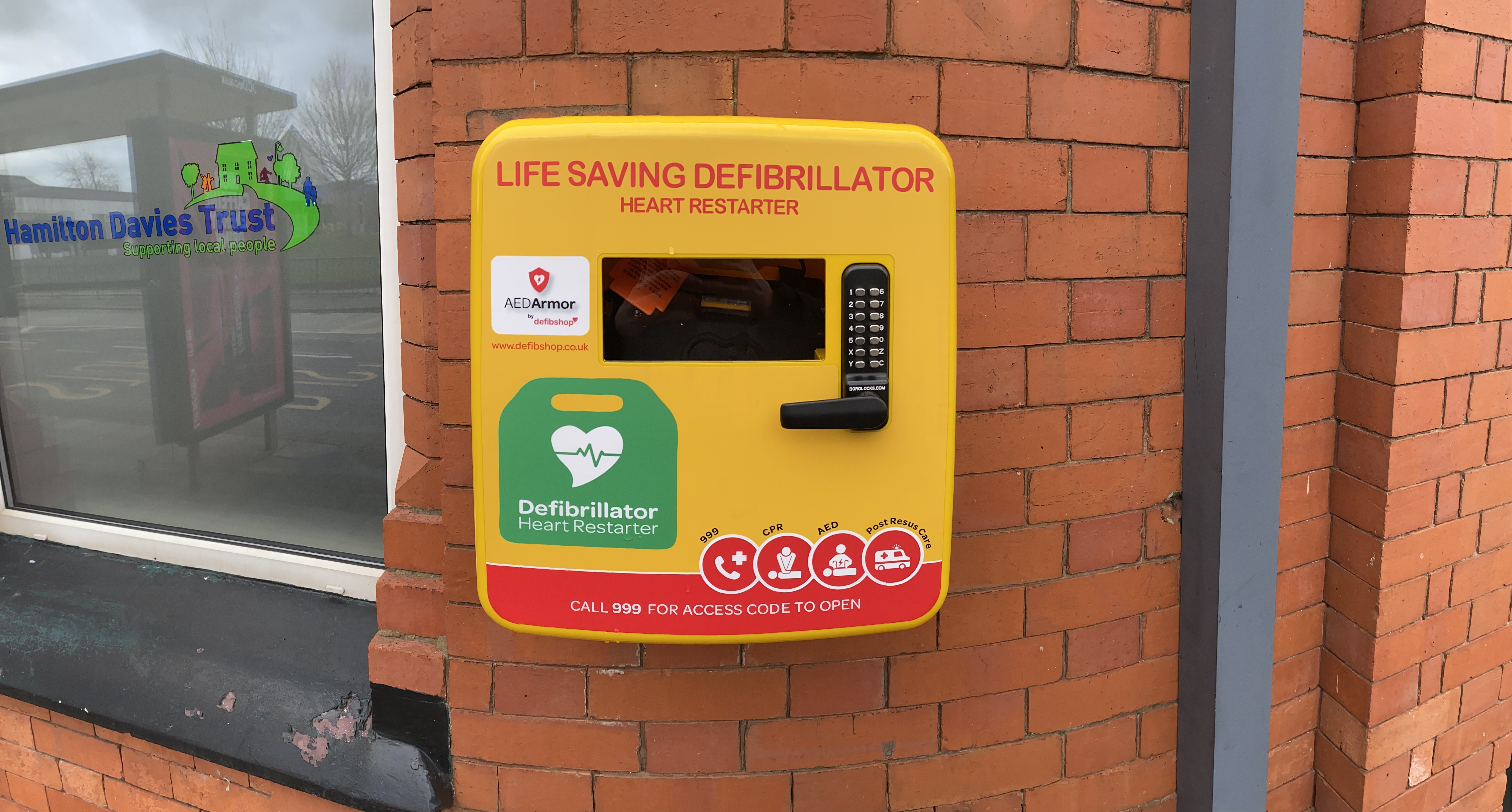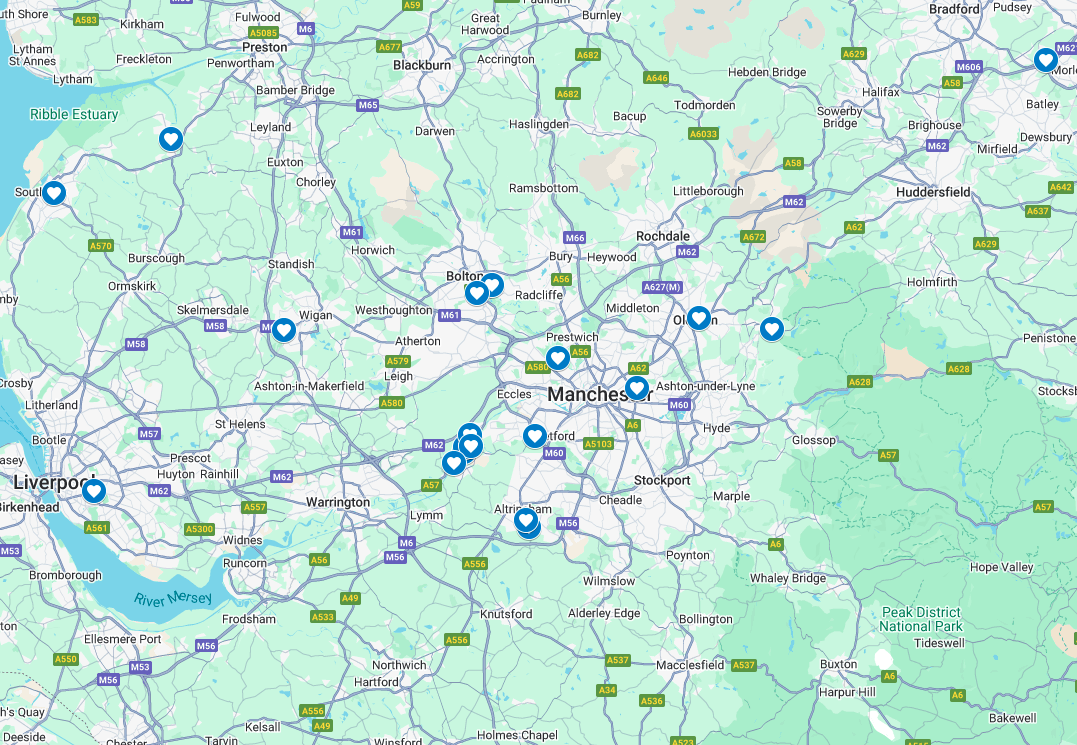How the Heart Works

Without a doubt, your heart is one of the most important organs in the human body.
It may come as a surprise, but your heart is only about the size of a clenched fist; it sure does a lot of work for a muscle of that size!
Your heart is responsible for providing your other muscles and organs with oxygenated blood, which helps them to function effectively and efficiently. With your heart consistently working to keep the rest of your body in check, it's of vital importance that we look after it, so it can look after us.
For National Heart Month, we're sharing the basics on how your heart works.
The Circulation Process
Approximately, your heart beats 100,000 times a day, providing the rest of your body with oxygenated blood via a network of arteries. The blood leaves the right side of the heart and enters into your lungs to pick up oxygen through the pulmonary alveoli.
The newly oxygenated blood returns to the heart to then be sent around the body. Once the blood has passed through your body it then returns to your heart before returning to the lungs again to repeat the process. This process is known as circulation.
The largest artery in the body is the aorta; the blood pumped through this goes at a speed of 1mph. This artery is responsible for providing various areas of the body with oxygenated blood.
Arteries have thick walls as the blood travelling through them around the body travels at a high pressure and quickly away from the heart to the organs and muscles in your body. This speed is increased when you are taking part in a sporting or exercise activity.
The veins in your body carry the deoxygenated blood back to your heart so the circulation process can be repeated again. The pressure is significantly lower than when the blood was first travelling, therefore the vein walls are thinner.
Blood is mostly de-oxygenated as it travels back to the heart as arteries have provided oxygen to the capillaries and filtered through to the veins. Capillaries are extremely thin and fragile and allow the exchange of carbon dioxide and oxygen through the capillary walls. Capillaries are essential in helping the body release excess heat during exercise.
When your body temperature rises, the capillaries assist in releasing heat through the skin tissue. This is why your body can become red in colour and flushed when you're hot.
Beat for Beat
Looking after your heart is of vital importance as a healthy heart, equals a healthy you!
What do you do to look after your old ticker? Share your heart healthy habits in the comments section below, or head on over to our Twitter page, @defibshop and join in the National Heart Month conversation.
defibshop are committed to equipping everyone with the skills and knowledge to save a life. Speak to one of our Product Specialists on 0161 776 7422 or fill out our Contact Form.












